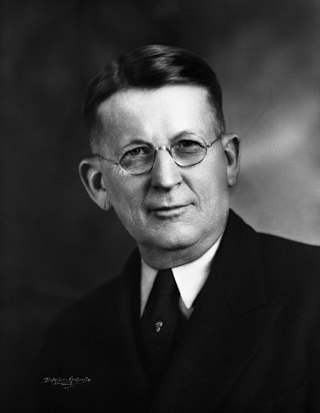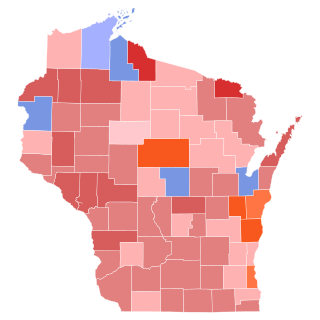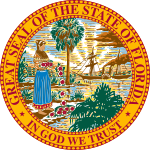
Thomas LeRoy Collins was an American politician who served as the 33rd governor of Florida from 1955 to 1961. Collins began his governorship after winning a special election in 1954, and was elected to a four-year term in 1956.

John Thomas Watson was an American lawyer and politician who served as the 27th Attorney General of Florida from 1941 to 1949.

The 1966 Florida gubernatorial election took place on November 8, 1966. During the primary election, the results from the Democratic Party were close among three of the four candidates. Thus, the top two Democrat candidates – incumbent Governor of Florida William "Haydon" Burns and Mayor of Miami Robert King High – competed in a runoff election on May 24, 1966. In an upset outcome, Robert King High was chosen over W. Haydon Burns as the Democratic Gubernatorial nominee. In contrast, the Republican primary was rather uneventful, with businessman Claude Roy Kirk Jr. easily securing the Republican nomination against Richard Muldrew. This was the first time a Republican was elected governor since Reconstruction.

The 1918 Wisconsin gubernatorial election was held on November 5, 1918.

United States gubernatorial elections were held on November 2, 1954, in 34 states, concurrent with the House and Senate elections. Elections also took place on September 13 in Maine. The special election in Florida was due to the death of incumbent governor Daniel T. McCarty on September 28, 1953.

The 1952 Florida gubernatorial election was held on November 4, 1952. Democratic nominee Daniel T. McCarty defeated Republican nominee Harry S. Swan with 74.83% of the vote.

The 1964 Florida gubernatorial election was held on November 3, 1964. Incumbent Democratic Governor C. Farris Bryant was ineligible for a second consecutive full term under the 1885 State Constitution. Democratic nominee W. Haydon Burns defeated Republican nominee Charles R. Holley with 56.12% of the vote.

The 1944 Florida gubernatorial election was held on November 7, 1944. Democratic nominee Millard Caldwell defeated Republican nominee Bert L. Acker with 78.94% of the vote.

The 1940 Florida gubernatorial election was held on November 5, 1940. Incumbent Governor Fred P. Cone was term-limited. Democratic nominee Spessard Holland was elected unopposed.

The 1976 Arkansas gubernatorial election was held on Tuesday November 2, Incumbent Democratic Governor David Pryor defeated Republican candidate Leon Griffith with 83.24% of the vote.

The 1912 Florida gubernatorial election was held on November 5, 1912. Incumbent Governor Albert W. Gilchrist was term-limited. Democratic nominee Park Trammell was elected with 80.42% of the vote.

The 1908 Florida gubernatorial election was held on November 3, 1908. Incumbent Governor Napoleon B. Broward was term-limited. Democratic nominee Albert W. Gilchrist was elected with 78.82% of the vote.

United States gubernatorial elections were held in 1801, in 13 states.

United States gubernatorial elections were held in 1804, in 13 states, concurrent with the House, Senate elections and presidential election.
United States gubernatorial elections were held in 1810, in 13 states, concurrent with the House and Senate elections.

The 1922 New Mexico gubernatorial election was held on November 7, 1922. Democratic candidate James F. Hinkle defeated Republican nominee Charles Lee Hill with 54.57% of the vote.

United States gubernatorial elections were held in 1892, in 32 states, concurrent with the House, Senate elections and presidential election, on November 8, 1892.

The 1798 New Hampshire gubernatorial election took place on March 13, 1798. Incumbent Federalist Governor John Taylor Gilman won re-election to a fifth term, easily defeating various minor candidates.
United States gubernatorial elections were held on Tuesday November 6, in 26 states, concurrent with the House, Senate elections and presidential election, on November 6, 1888.


















